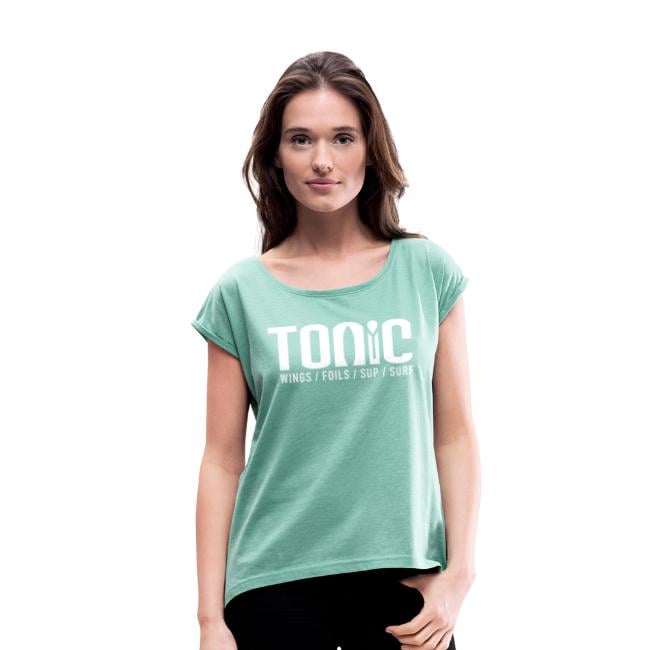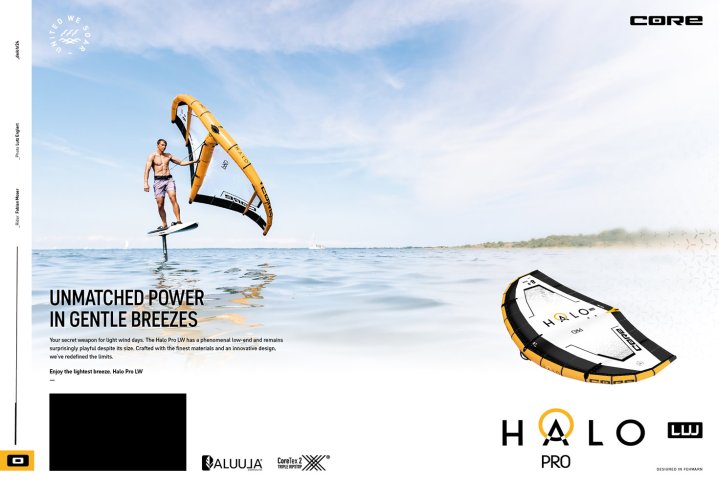ARMSTRONG FOILS DOWNWIND BOARD | Updated review, Bump starts, pumping and stance review

Win a Tonic Mag Hoody and T-Shirt this issue in our FREE subscriber prize draw.
Olly Brunton has been taking Armstrong Foils 6’8″ 96L Downwind SUP into the high tide surf to train in the unbreaking waves! Here is a continuous wave set that may offer some insights into general balance with volume distribution, paddling for starts and stance for riding.
After a few weeks of riding the board, I have had to adjust my standard SUP techniques developed on larger boards; reducing my paddling stance has been the biggest change. You will note that I change my stance to just standing on the board, paddling and riding. The Width is also a bit to get used to, at 19.5″. This is very close to the width of my surfboards, so my stance has been reduced laterally & longitudinally.
Performance, however, is off the hook compared to any SUP I have ridden; what is lost in the platform for paddling is gained in what is close to a prone foil board feel. Nevertheless, placing the mast at FG position eight was a good balance point for this session, offering opportunities at multiple waves seUndoubtedlyinly worth the changes to technique.
In summary, if I chose a board for pure Downwinding, I would select the 107L board to assist with starts and restarts. Currently, I am at the performance cusp end on the 96L and expect to spend more time on the board to dial in new stance and fitness to manage longer downwind sojourns. I also use this board in the surf and wing foiling, so it’s an excellent choice.
In my last video, I mentioned rider experience dictating which board to choose. I still think this is the case, and I am happy to utilise my previous SUP experience with the 96L.
The MA1225 foil is an excellent read selection for this session; super fast foil with great fluid turns and pump to suit a bump n pump sessiHowever, on. I have found the HA195 stabiliser with No shim worked best for me. Adding a shim may add more effect, icy, but as with all setups, each compoaffectsfects the whole.
For this setup, the board volume and distribution lead the buiWherehere I stand is limited by being tall, and so all other factors havecomplementment the fixed aspects of the board I cannot change. The MA1225, with its profile, tend to dip at speed, which is excellent for the back foot pivot style,e which I like, so I can move the mast forward to counter and improve the pivot. Using the FG8 setting gives me my whole foot width behind the mast for riding; however, for starts standing over the mast felt best, so I have a reducedstart-upp platform, so I have to reduce my stance on birth starts. Because of this, as much as I wanted and did use a red shim to improve efficiency, the loss of lift could not be remedied anymore by moving the mast and reducing my stance to a non-functional width. This time testing had me think I may have been better off on the 107L board to provide a wider corridor of operation and choices for adjustments. However, It’s only been a few weeks, and I am willing to take performance and work on changing technique.
My previous board was nose volume heavy, so I could drive it forward without pearling, so rather than criticize the design, I am aware that I have developed techniques on concepts of design downwind I thought were essential for me tor me at that time.
Please check out my stances and let me know your thoughts and or experiences with Downwind SUP board designs.











